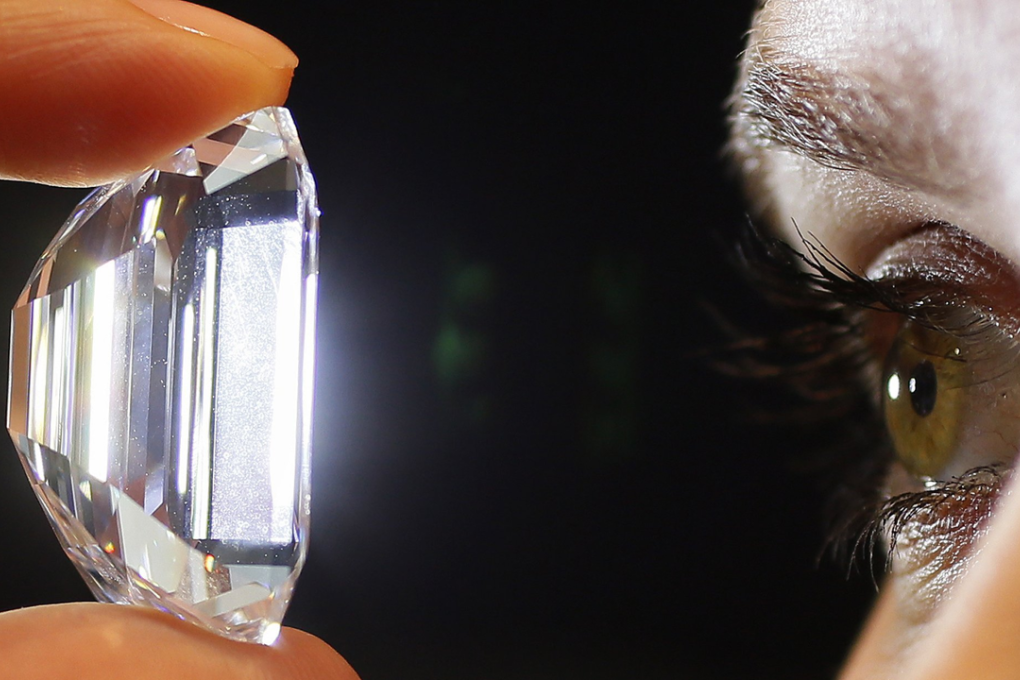Here’s how scientists grow perfect diamonds in the lab
Synthetic diamonds provide an alternative for those who question the ethical practices and environmental impact from mining naturally forged stones

Real, or natural, in the vernacular of diamonds, isn’t always better.
While the spectre of conflict and “blood” diamonds have largely faded in recent years thanks to ethical mining practices, international monitoring, and improved certification, diamond mines still leave big holes in the ground and pose a threat to the environment.
Synthetic diamonds are marketed as a solution to customers who are turned off by natural diamonds, all while providing pristine product — and typically priced at 15 per cent to 30 per cent less than similar, naturally forged stones.
That’s partly why a friend of mine, as he relayed in a recent story for Popular Science, proposed to his future wife with a lab-grown diamond.
Here’s how natural and synthetic diamonds differ, where and how they’re grown, and the amazing variety of places they’re found beyond the jewellery store.
Natural diamonds start out as carbon trapped in hunks of rock, called xenoliths, some 100 miles below the Earth’s surface.